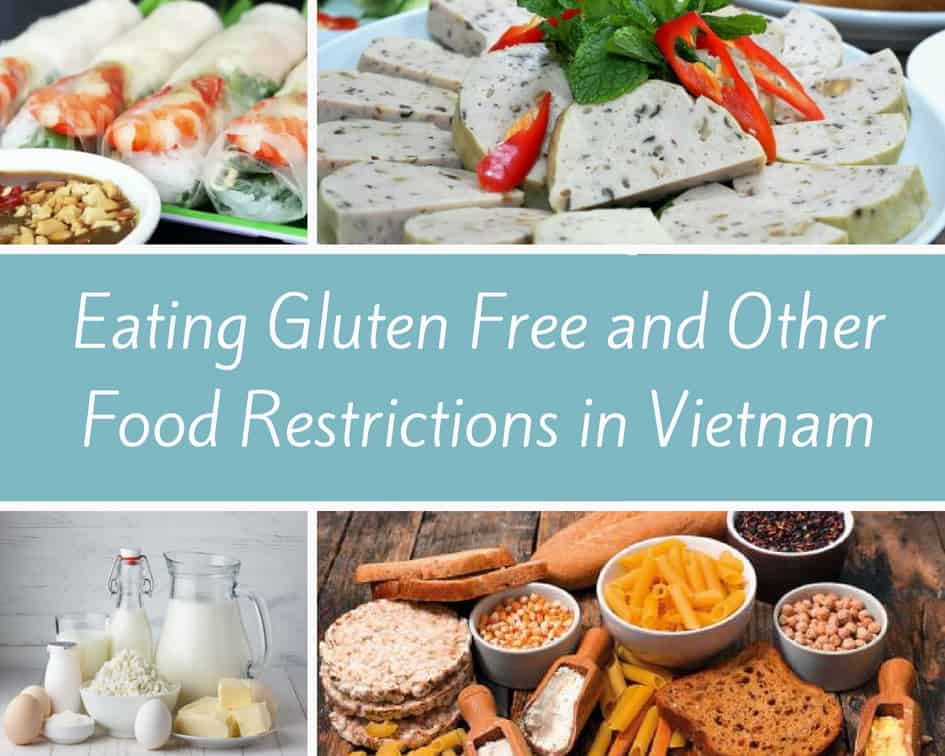
Vietnamese food is among the most delicious in the world, and is generally very fresh and healthy. You can try the famous Vietnamese sandwich Banh Mi. However, food allergies and restrictions are less common here than in many parts of the world. In fact, many people here may not even know what a food allergy is. Because Vietnamese cuisine is quite versatile, there are always ways to accommodate for food allergies, as long as you can communicate what you are able and not able to eat. Here are some words of advice on working around your restrictions while still enjoying the delectable treats this country has to offer!
FOOD ALLERGIES IN VIETNAM
NO GLUTEN
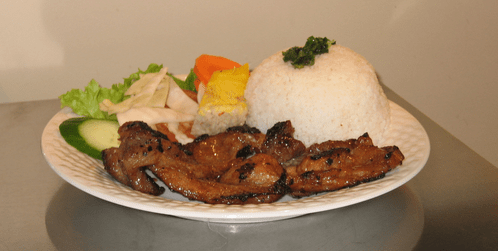
Eating gluten-free is not as difficult as it may seem because Vietnamese food is heavily rice-based. However, there are several things to be cautious about. Most noodles, rice paper products, and rice sheets are primarily made of rice but they can often contain tapioca flour and wheat flour. The best option is to stick with dishes with names that contain “com” (which translates to steamed rice).
Another important precaution is to avoid all dishes with soy sauce. Those of you who adhere to a gluten-free diet already know that most soy sauces contain wheat. However, you may not know that many Vietnamese sausages and patés may also contain soy sauce and wheat products, even if you don’t detect the flavour in the food. It is best to avoid processed meats altogether for this reason. Fortunately, fish sauce is the primary condiment in Vietnamese food so flavour is not compromised if soy sauce must be eliminated.
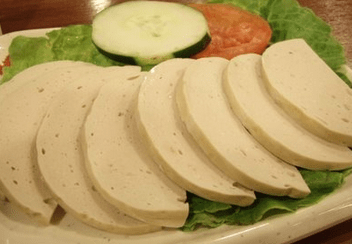
Please note that if you wish to cook a meal at your home/hotel, gluten-free products are available at An Nam Gourmet Grocery Store, located at 16-18 Hai Ba Trung Street.
Use these guides to communicate your restrictions to restaurant staff and to learn the names of foods you should avoid:
Gluten Free Translation Card 1
Gluten Free Translation Card 2
NO DAIRY/NO PEANUTS
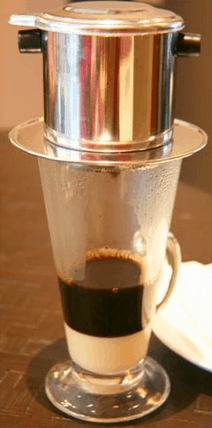
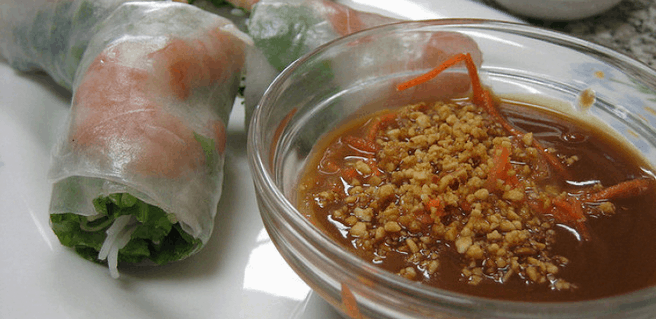
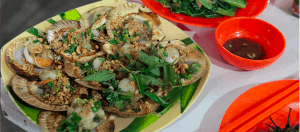
Avoiding dairy in Vietnam is quite simple – avoid coffee with condensed milk and most sweets. However, be cautious with bread products. Some breads, especially white breads, will contain small amounts of milk.
Vietnamese food is much harder to navigate for people with peanut allergies. Peanuts, and other nuts such as cashews, are ubiquitous in Vietnamese food – it is present as a garnish, as an oil for cooking, and is ground in sauces and condiments. If you eat at a restaurant, you will have to rely solely on your communication skills and your willingness to trust the chefs! However, please be aware that at a restaurant, even if your dish does not have peanuts, it is very likely that your food may have been in contact with them simply because nuts are a staple of a Vietnamese kitchen. Pho or other soup-like dishes are usually a safe bet as it rarely contains nuts and nut oils, although you will still have to make sure the chefs know about your allergy.
To learn some keywords in recognizing allergens in your food or to communicate your allergy to restaurant staff, please use the following:
No Dairy Translation Card
No Peanuts and Nuts Translation Card
VEGETARIANISM/VEGANISM
In Vietnam, people are able to find vegetarian and vegan food quite easily. Vietnam has a heavy Buddhist influence and although most of the country eats meat, many people will eat vegetarian food once a week or during certain holidays and auspicious times. For instance, according to Buddhist tradition, followers will eat vegetarian food on the 1st and 15th of the lunar month. On these days, vegetarian restaurants may be packed with local residents.
There are many vegetarian restaurants in Vietnam who will cater to your dietary needs and many restaurants are strictly vegetarian. But, if you are traveling with people who prefer eating non-vegetarian food (see: Vietnam with kids), restaurants that cater to tourists are a safe option. For example, in the backpackers’ district in Ho Chi Minh City, many local eateries not only offer a wide array of dishes but usually have a whole page of just vegetarian dishes. Or, along the major tourist haunts such as Dong Khoi Street or the major shopping centres, the restaurants are quite accommodating to vegetarians. However, one thing to be aware of is that although many local restaurants may not add meat to your food, avoiding condiments such as fish sauce may be difficult. For particularly strict vegetarians, eating bread products here can be a problem as many baguettes are made with egg yolk.
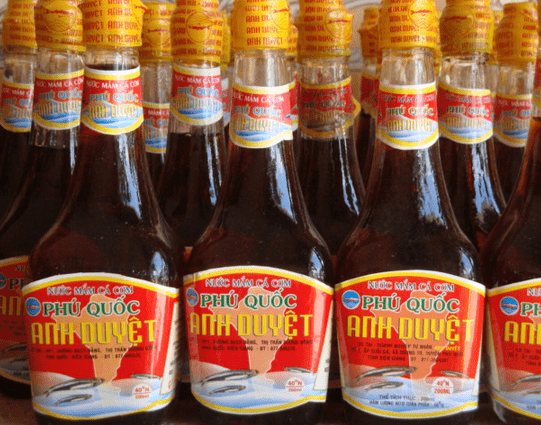
Veganism is not too different from vegetarianism in Vietnam. Western food items that distinguish the two such as dairy and honey are not as commonly used here. Give the restaurant staff the following statements to ensure there are no meat products in your food. If you want to take a hand at pronouncing these words, be extra cautious when saying the word for vegetarian (chay) as the colloquial word for dog meat is very similar (cay)!!
Vegetarian/Vegan Translation Card
The best way to navigate around your intolerances and allergies is to be prepared. Print out the translation cards and communicate it with the restaurant staff and learn to recognize the keywords. Although it may seem challenging at first, it is entirely possible to have a unique and complete culinary experience without worrying about food poisoning. With a willingness to understand Vietnamese food ingredients, the adventurous but restricted dieter can enjoy unlimited possibilities. Bon appétit!
We hope that you found this Vietnam Travel Trip from XO Tours – Vietnam Motorcycle Tours useful! If you want to safely eat some amazing street food while in Saigon, you might consider booking our highly acclaimed “Foodie” tour by clicking on the banner at the top of the page.
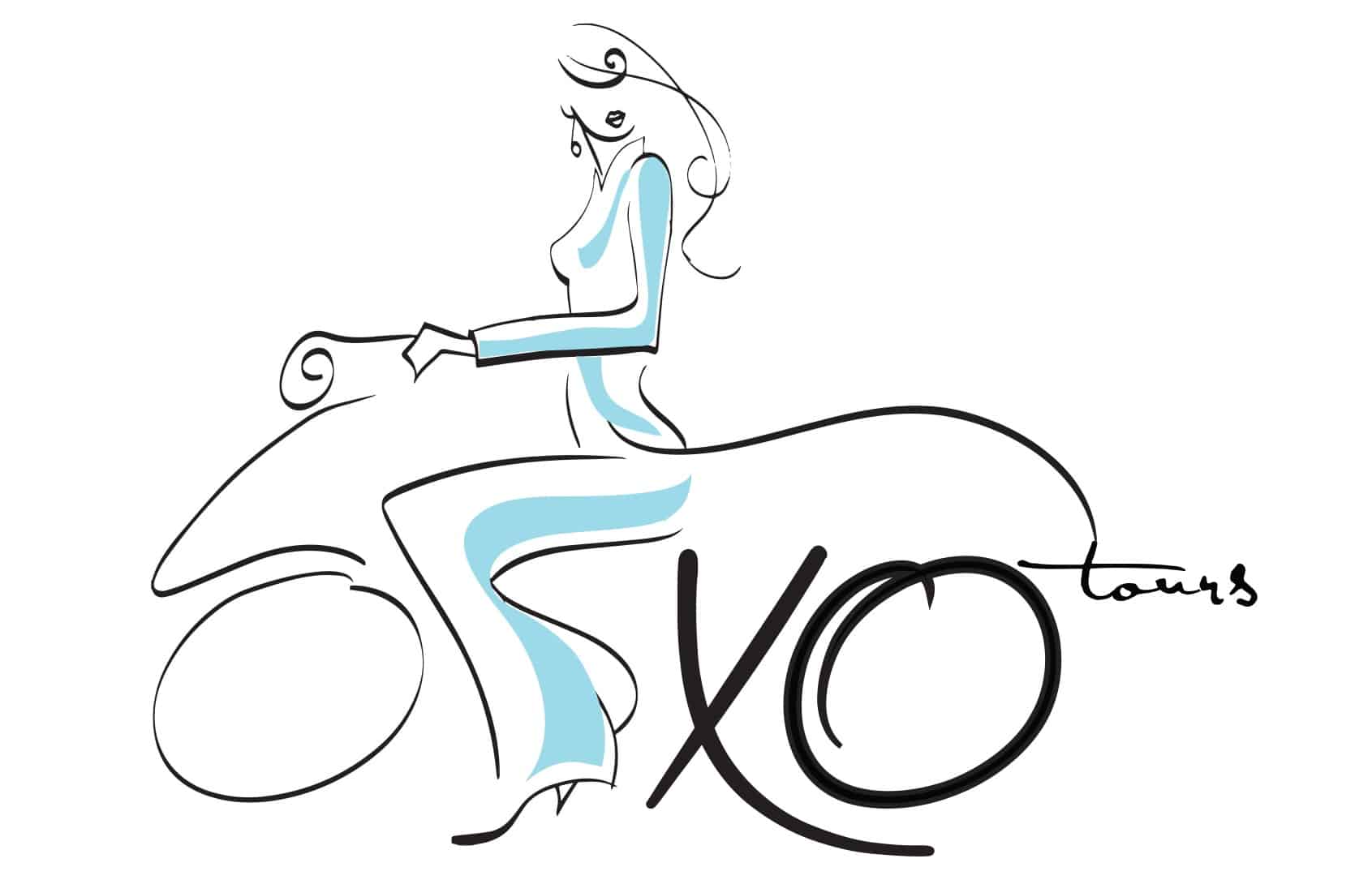

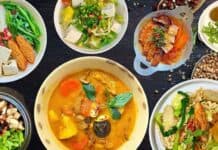
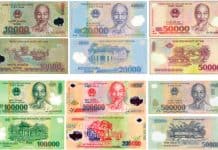

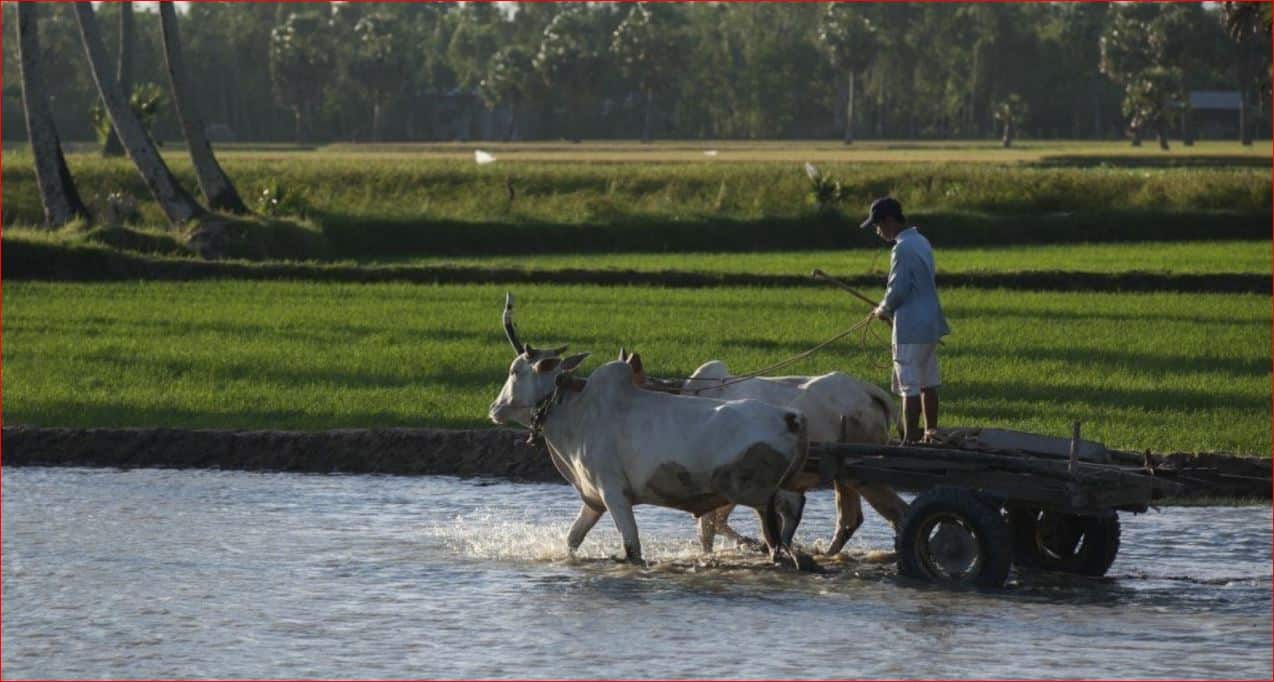
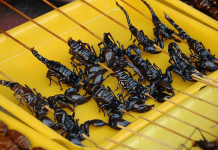



thank you so much for this I am sure it will be helpful for my upcoming trip. I am wondering if you can help for the translations of egg and corn allergies as well? I have these in addition to dairy and gluten. Thanks in advance
Hi Melissa, for your egg and corn allergies you can say: “tôi bị dị ứng với sản phẩm từ trứng và bắp”. You can show this term to Vietnamese vendors or restaurants.